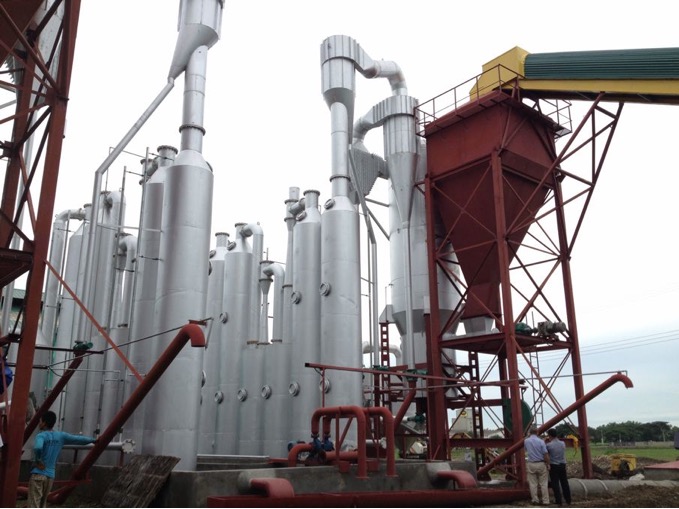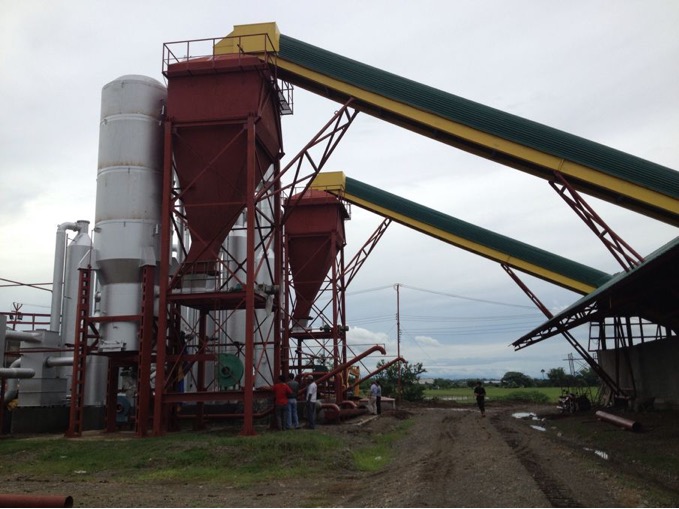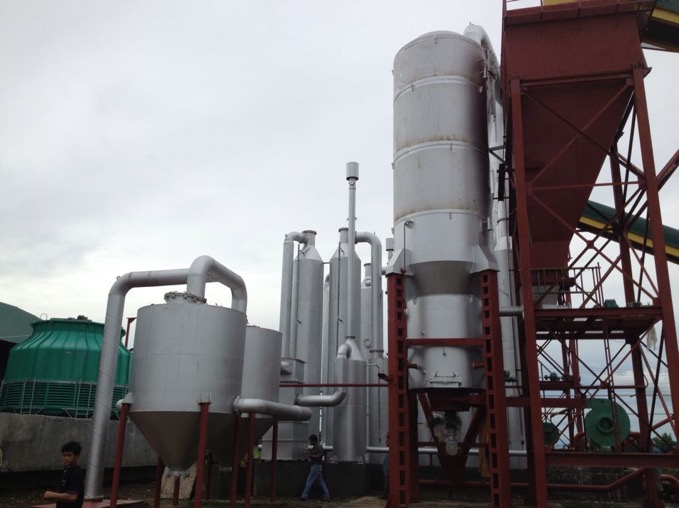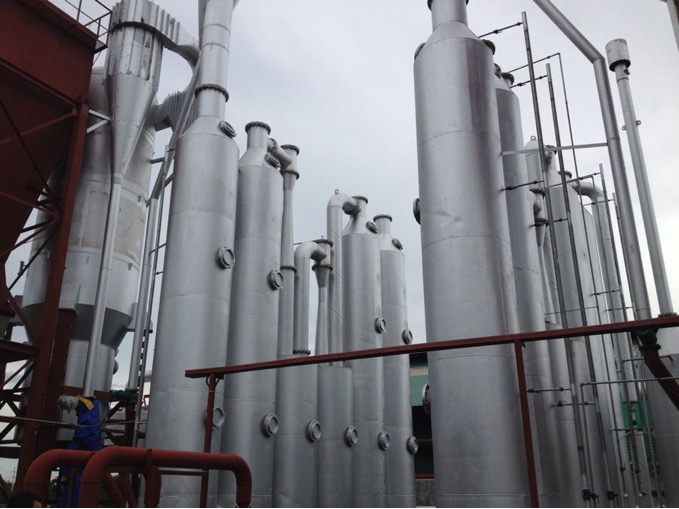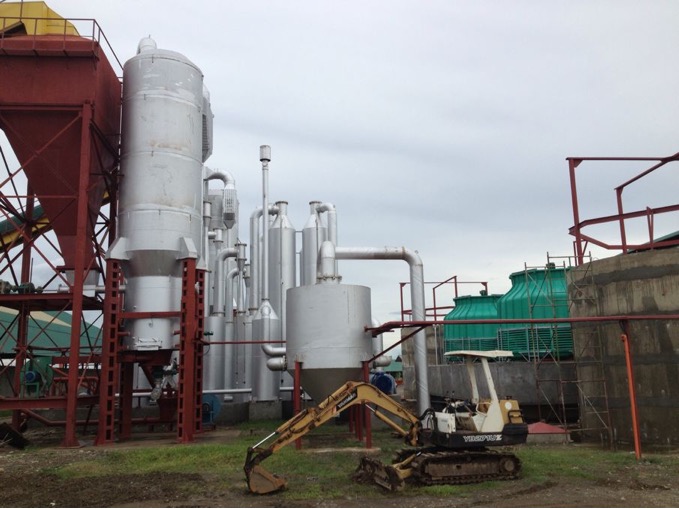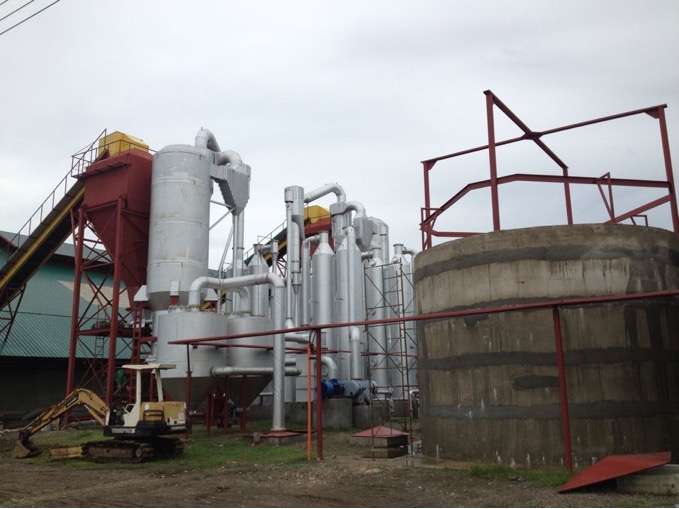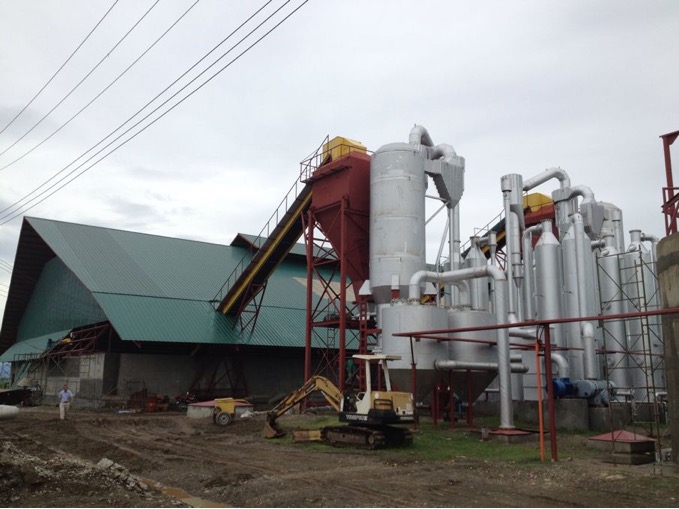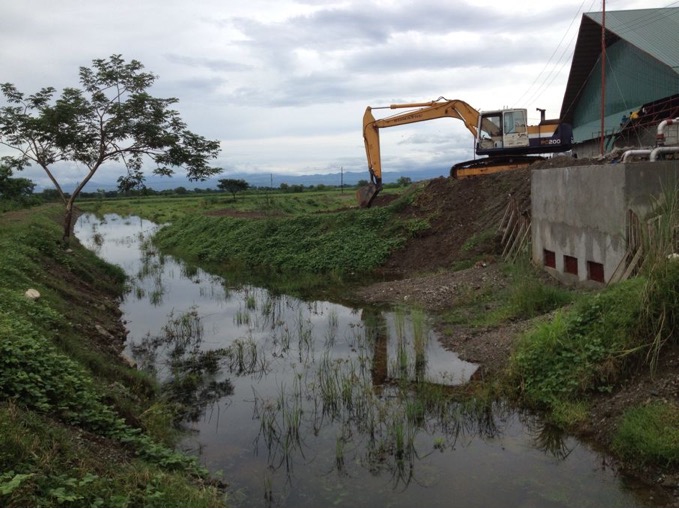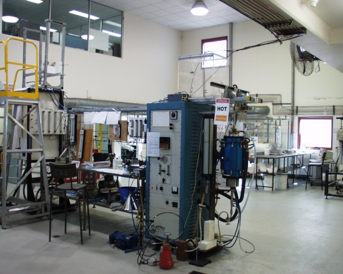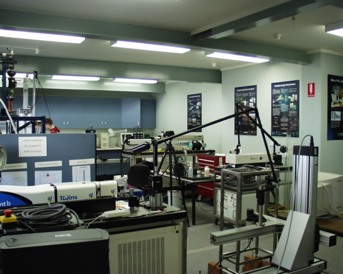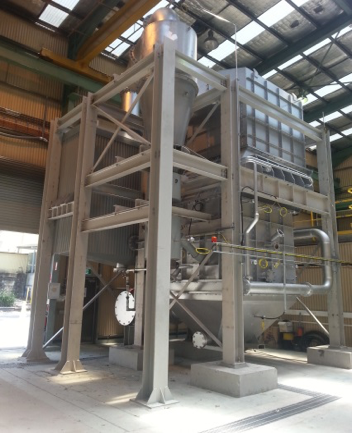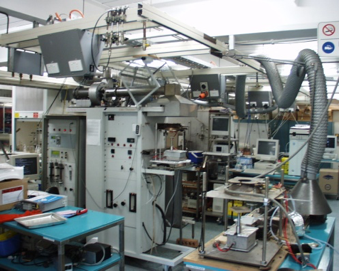VTara Energy Group has adopted a novel way to tackle this feedstock problem by developing a complete solution ranging from creating its own dedicated captive biomass energy plantations formula and efficient utilization of biomass waste materials to the development of several self-patented biomass gasification and tar removal technologies.
Gasification Systems
Gasification is a thermochemical partial oxidation process in which carbonaceous substances (biomass, coal, and plastics) are converted into gas in the presence of a gasifying agent (air, steam, oxygen, CO2 or a mixture of these). The gas generated, commonly referred to as syngas/fuel gas/producer gas, consists mainly of H2, CO, CO2, N2, small particles of char (solid carbonaceous residue), ashes, tars and oils.
The versatility of gasification is that it can be used for producing syngas, H2 or other liquid fuels, and can thereby meet the demand for electricity or thermal energy. Furthermore, the resulting fuel can be transported with high energy densities, enabling the generation of electricity to be centralized based on disperse gasification systems.
Biomass gasification has yet to become consolidated as a mature technology, and in most markets it cannot compete with other methods of energy conversion. The key issues to be faced when designing a gasification plant are the gasifier, its operation and the treatment and adaptation of the syngas generated, without forgetting the paramount importance of biomass preparation and logistics.

